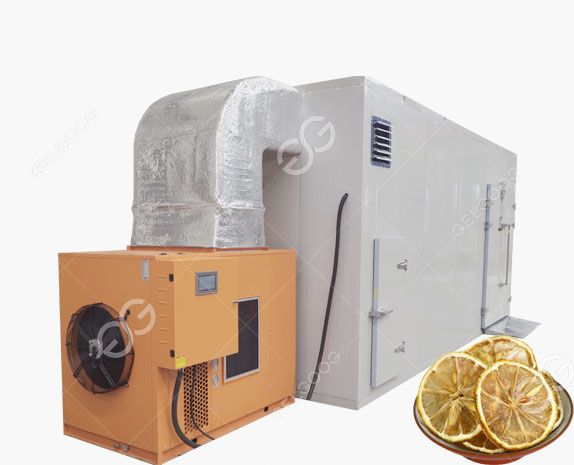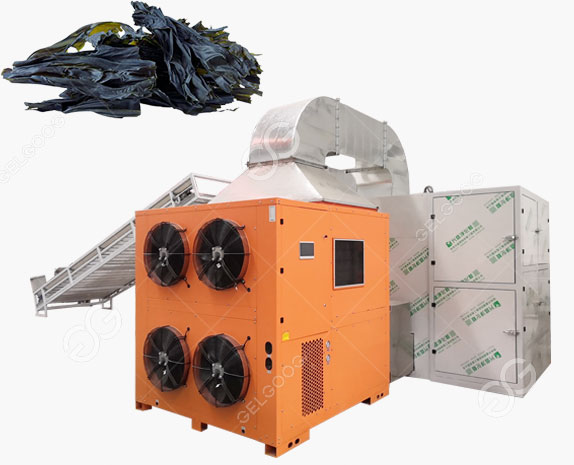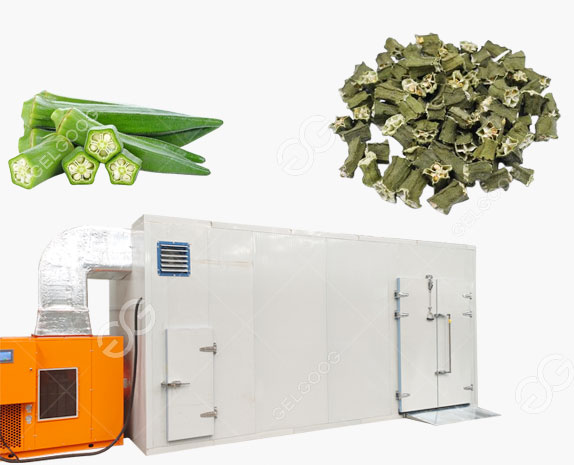In the fruits and vegetable drying process, the slow drying rate plays a decisive role in the quality of the dried fruit and vegetable products. When other conditions are the same, the faster the drying, the less likely to cause adverse changes, and the better the quality of the finished product. The drying rate is largely determined by the temperature of the drying medium, relative humidity, and air circulation rate, and is also affected by the type and state of fruits and vegetables.
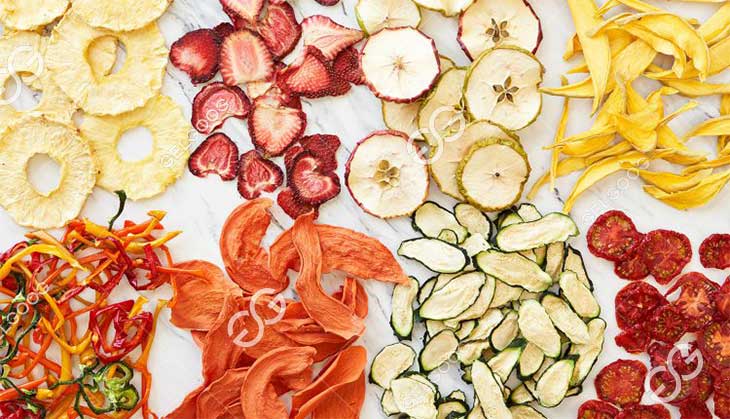
1. The temperature of the drying medium
The drying medium is generally preheated air. Generally speaking, the higher the temperature, the faster the drying rate; conversely, the lower the temperature, the slower the drying rate.
When drying fruits and vegetables, especially in the initial stage, it is generally not advisable to use too high temperature, otherwise the following undesirable phenomena will occur.
(1) The water content of fruits and vegetables is very high. When they meet with dry hot air suddenly, the juice in the tissue expands rapidly, which is easy to rupture the cell wall and lose the content.
(2) The sugar and other organic substances in the raw material are decomposed or coked due to high temperature. Detracts from the appearance and flavor of the finished product.
(3) High temperature and low humidity can easily cause crusting on the surface of raw materials, thereby affecting the evaporation of water.
Therefore, in the drying process, the temperature of the drying medium should be controlled to be slightly lower than the temperature that causes the fruits and vegetables to deteriorate, especially for raw materials rich in sugar and aromatic substances.
2. Humidity of drying medium
The lower the relative humidity, the lower the temperature. Fruits and vegetables dry faster. When the temperature is raised and the relative humidity is lowered, the greater the partial pressure difference between the raw material and the outside water vapor, the easier the evaporation of water. The faster the drying, the lower the moisture content of the dried product, especially in the later stage of drying. E.g. After drying, when the heat pump dryer drying room temperature is 60°C and the relative air humidity is 65%, the water content of the red dates is 47.2%; when the relative air humidity is 59%, the water content of the red dates is 34.1%.
3. The rate of air circulation
The greater the flow rate of the drying air, the faster the water evaporates from the surface of the fruit and vegetables; otherwise, the slower it is.
Increasing the air velocity has the following two effects.
(1) It is beneficial to quickly transfer the heat of the air to the raw material to maintain its evaporation temperature.
(2) Quickly take away the evaporated water from around the fruits and vegetables, reduce the relative humidity of the air around the fruits and vegetables, and promote the continuous evaporation of water on the surface of the fruits and vegetables.
4. Types and status of fruits and vegetables
Different types of fruits and vegetables contain different chemical components and their organizational structures. Even the same type of fruits and vegetables have different compositions and structures due to different varieties, as well as different drying rates. Generally speaking, fruits and vegetables with high soluble solid content, dense tissue, thick peel and small specific surface area have a slow drying rate, and vice versa. Therefore, peeling and cutting the raw materials before drying can speed up the drying rate and shorten the drying cycle.
5. Pretreatment of fruits and vegetables before drying
The pretreatment of fruits and vegetables before drying includes peeling, cutting, blanching, soaking in alkali, sulfur fumigation, etc., which can promote the drying process. Peeling makes the fruit and vegetable raw materials lose the protection of the epidermis, which is conducive to the evaporation of water. After the raw material is cut, the specific surface area increases, and the water evaporation rate also increases. The finer and thinner the cut, the shorter the drying time. Both blanching and heavy sulfur can change the permeability of fruit and vegetable cell membranes, reduce the water holding capacity of cells, and make it easier for water to move and evaporate.
6. Loading of raw materials
The amount of raw materials loaded on the unit area of the baking tray also has a great influence on the drying rate of fruits and vegetables.
If the amount of raw materials loaded on the baking tray is large, the thickness will be large, which is not conducive to air circulation, affecting the evaporation of water, and the drying rate will be slow; otherwise, it will be fast.
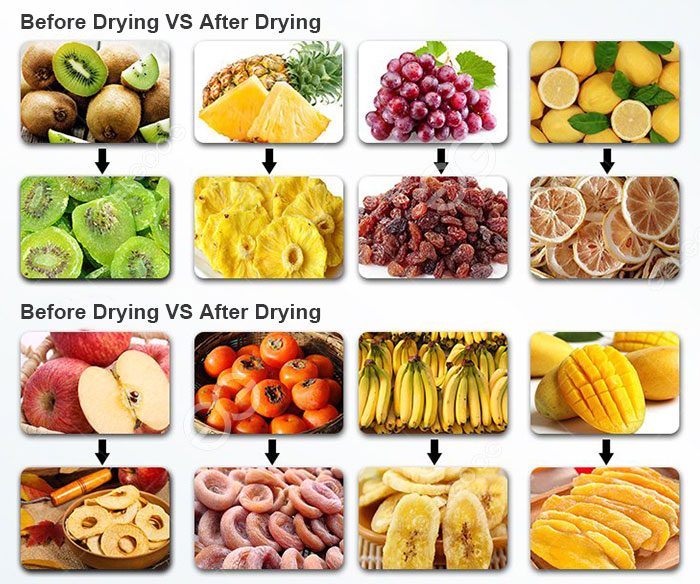
If you have any request of the fruits or vegetable drying, welcome to contact us freely, we can give you some professionals advice or customized fruits and vegetable drying solutions!

